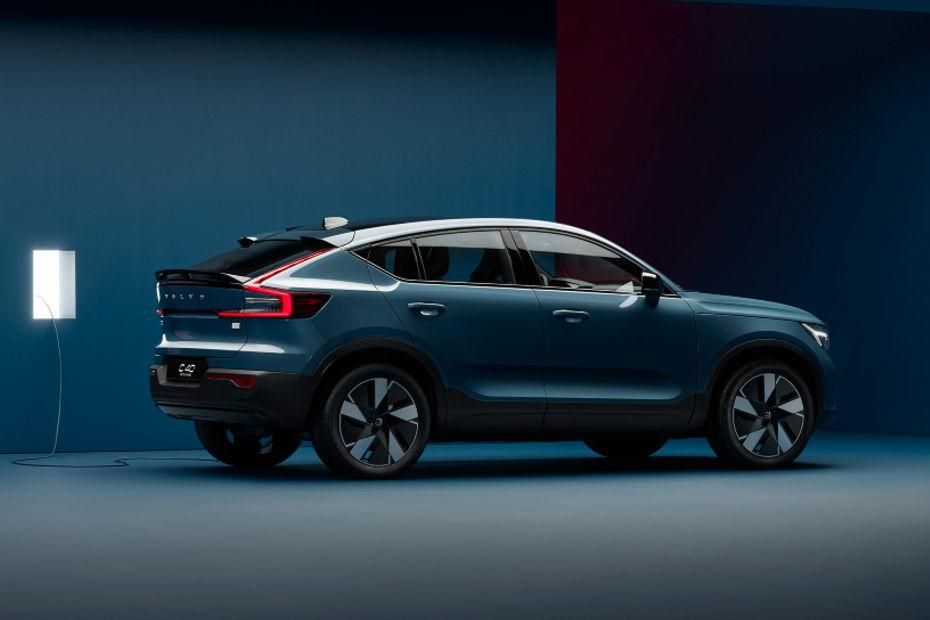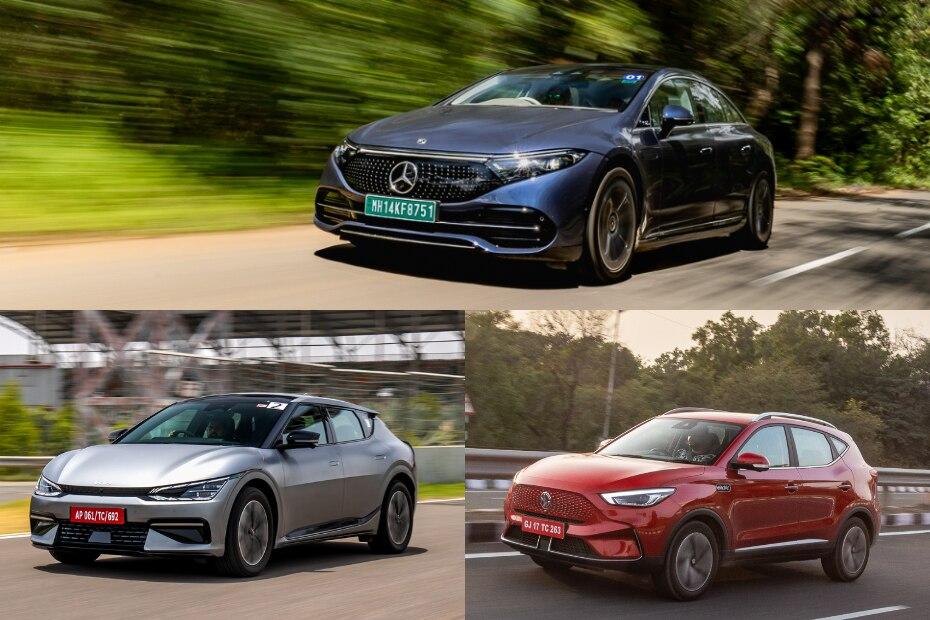All details of the JLR Ingenium engine surface
Published On Sep 26, 2014 10:08 AM By Rahul
- 1.3K Views
- Write a comment
With the new Ingenium diesel engines driving the rear wheels, the aluminium-intensive XE is the most fuel-efficient Jaguar yet, overtaking the XF’s 2.2-litre engine that had created new records for the British manufacturer.The Ingenium range is produced at the new £500 million, 100,000 sq.m engine manufacturing centre in the West Midlands in the UK. Engines will come off the fully flexible lines at rates of up to one every 36 seconds. This is a new facility set-up only for engines and this is the first time in the last 10 years that JLR has designed and developed its own engine.

The low friction, all-aluminium units have stiff cylinder blocks and twin balancer shafts to ensure inherently low levels of vibration. Details such as the acoustic sump cover, decoupled injectors, and 0.5mm ovality on the injection pump drive sprocket contribute to the Ingenium’s exceptional quietness. These engines were proven over 2 million miles of real-world testing. Starting from a clean sheet meant that Jaguar’s powertrain engineers could make the Ingenium engines as light and efficient as possible, and deliver the blend of power, torque and smoothness customers expect.
“The new generation of Ingenium diesel engines are wholly designed and manufactured in-house. No opportunity has been missed in ensuring their design is right on the cutting edge of technical advancement.” Ron Lee, Group Chief Powertrain Engineer, Jaguar The Ingenium diesels will be joined at launch by powerful, efficient, direct-injection petrol engines: turbocharged 2.0-litre four-cylinders and the outstanding supercharged 3.0-litre V6.
The new XE will feature two versions of the 2.0-litre Ingenium diesel. The first, rated at 161bhp and 380Nmand the second will come with a state of tune with 177bhp and 430Nm variant has one of the highest torque outputs in the class. Ingenium diesels meet Euro 6 are as clean as they are efficient. Variable exhaust valve timing shortens the catalyst light-off phase and also improves diesel particulate filter (DPF) regeneration.
0 out of 0 found this helpful















